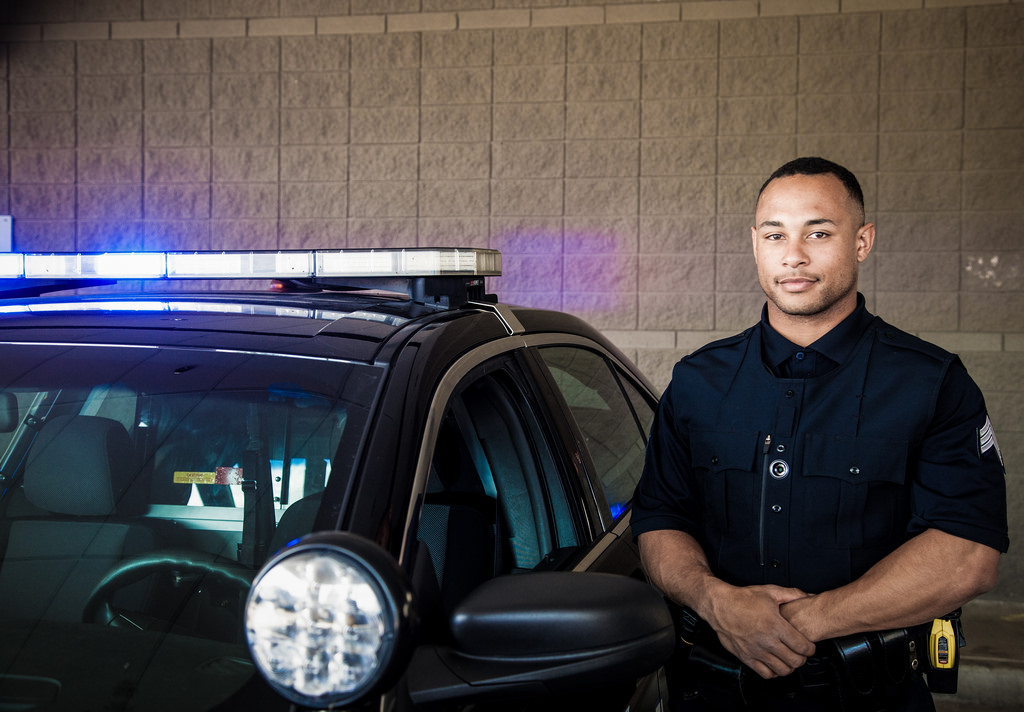This post is also available in:
 עברית (Hebrew)
עברית (Hebrew)
Criminal justice experts at Washington State University (WSU) are developing innovative technology to improve police–community relations, officer training and public safety.
Researchers in the new Complex Social Interaction (CSI) laboratory at WSU are using body-worn cameras and advanced scientific tools and techniques — such as data analytics, biometrics and machine learning — to examine the complex factors that shape interactions between police and community members.
According to WSU website, the interdisciplinary, intercollegiate research team, led by David Makin, assistant professor of criminal justice and criminology, is the first to explore police officer decision-making and interpersonal interaction by examining data from body-worn cameras, Makin said. “This cutting-edge research and technology will provide revolutionary insight into police practice as well as real-world applications for improving organizations and decision-making at the individual level.”
The team is using the information to design algorithms and new software to help public safety agencies improve police-community relations, reduce conflict, cost and liability, and enhance the health and well-being of law officers and their communities, Makin said.
Since its launch early this year, the lab has analyzed more than 2,000 police-community interactions and numerous records from law enforcement incidents to identify, code and catalog key variables associated with a range of outcomes, positive to negative. Location, lighting, time of day, number of people present, gender, race, verbal and physical stress and intensity of the interaction are among the myriad contextual factors assessed.
The novel approach combines automated and manual coding to generate more objective and holistic descriptions of police-community interactions than other existing methods provide, Makin said.
An expert in police training and technology, Makin is especially interested in identifying the situational and dynamic factors associated with key performance indicators and the decision to use force.
While statistics relating to police use of force have long been collected and made available to the public, Makin said the information provided by those statistics has been limited, indicating only whether use of force occurred and the type of force used.
“Use of force isn’t inherently negative — there are times when it needs to occur, and we must come to understand not just whether it happens but how it happens,” he said. “Ours is the first study I’m aware of that attempts to contextualize use of force, such as how quickly it occurs and the severity and duration.”


























